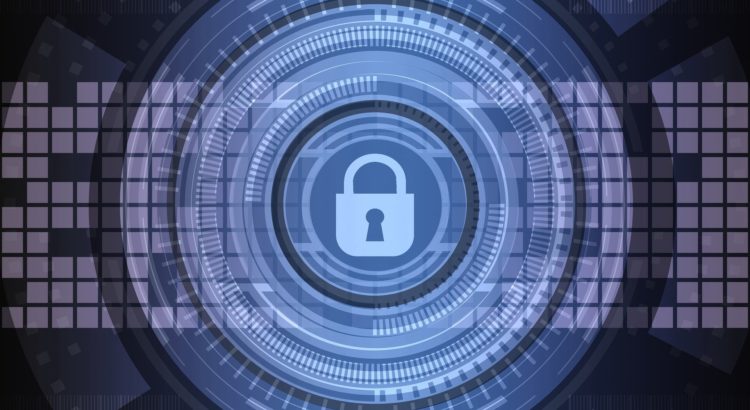Ensuring the security of data on NVMe® over Fabrics was the topic of our SNIA Networking Storage Forum (NSF) webcast “Security of Data on NVMe over Fabrics, the Armored Truck Way.” During the webcast our experts outlined industry trends, potential threats, security best practices and much more. The live audience asked several interesting questions and here are answers to them.
Q. Does use of strong authentication and network encryption ensure I will be compliant with regulations such as HIPAA, GDPR, PCI, CCPA, etc.?
A. Not by themselves. Proper use of strong authentication and network encryption will reduce the risk of data theft or improper data access, which can help achieve compliance with data privacy regulations. But full compliance also requires establishment of proper processes, employee training, system testing and monitoring. Compliance may also require regular reviews and audits of systems and processes plus the involvement of lawyers and compliance consultants.
Q. Does using encryption on the wire such as IPsec, FC_ESP, or TLS protect against ransomware, man-in-the middle attacks, or physical theft of the storage system?
A. Proper use of data encryption on the storage network can protect against man-in-the middle snooping attacks because any data intercepted would be encrypted and very difficult to decrypt. Use of strong authentication such DH-HMAC-CHAP can reduce the risk of a man-in-the-middle attack succeeding in the first place. However, encrypting data on the wire does not by itself protect against ransomware nor against physical theft of the storage systems because the data is decrypted once it arrives on the storage system or on the accessing server.
Q. Does “zero trust” mean I cannot trust anybody else on my IT team or trust my family members?
A. Zero Trust does not mean your coworker, mother or cousin is a hacker. But it does require assuming that any server, user (even your coworker or mother), or application could be compromised and that malware or hackers might already be inside the network, as opposed to assuming all threats are being kept outside the network by perimeter firewalls. As a result, Zero Trust means regular use of security technologies–including firewalls, encryption, IDS/IPS, anti-virus software, monitoring, audits, penetration testing, etc.–on all parts of the data center to detect and prevent attacks in case one of the applications, machines or users has been compromised.
Q. Great information! Is there any reference security practice for eBOF and NVMe-oF™ that you recommend?
A. Generally security practices with an eBOF using NVMe-oF would be similar to with traditional storage arrays (whether they use NVMe-oF, iSCSI, FCP, or a NAS protocol). You should authenticate users, emplace fine-grained access controls, encrypt data, and backup your data regularly. You might also want to physically or logically separate your storage network from the compute traffic or user access networks. Some differences may arise from the fact that with an eBOF, it’s likely that multiple servers will access multiple eBOFs directly, instead of each server going to a central storage controller that in turn accesses the storage shelves or JBOFs.
Q. Are there concerns around FC-NVMe security when it comes to Fibre Channel Fabric services? Can a rogue NVMe initiator discover the subsystem controllers during the discovery phase and cause a denial-of-service kind of attack? Under such circumstances can DH-CHAP authentication help?
A. A rogue initiator might be able to discover storage arrays using the FC-NVMe protocol but this may be blocked by proper use of Fibre Channel zoning and LUN masking. If a rogue initiator is able to discover a storage array, proper use of DH-CHAP should prevent it from connecting and accessing data, unless the rogue initiator is able to successfully impersonate a legitimate server. If the rogue server is able to discover an array using FC-NVMe, but cannot connect due to being blocked by strong authentication, it could initiate a denial-of-service attack and DH-CHAP by itself would not block or prevent a denial-of-service attack.
Q. With the recent example of Colonial Pipeline cyber-attack, can you please comment on what are best practice security recommendations for storage with regards to separation of networks for data protection and security?
A. It’s a best practice to separate storage networks from the application and/or user networks. This separation can be physical or logical and could include access controls and authentication within each physical or logical network. A separate physical network is often used for management and monitoring. In addition, to protect against ransomware, storage systems should be backed up regularly with some backups kept physically offline, and the storage team should practice restoring data from backups on a regular basis to verify the integrity of the backups and the restoration process.
For those of you who follow the many educational webcasts that the NSF hosts, you may have noticed that we are discussing the important topic of data security a lot. In fact, there is an entire Storage Networking Security Webcast Series that dives into protecting data at rest, protecting data in flight, encryption, key management, and more.
We’ve also been talking about NVMe-oF a lot. I encourage you to watch “NVMe-oF: Looking Beyond Performance Hero Numbers” where our SNIA experts explain why it is important to look beyond test results that demonstrate NVMe-oF’s dramatic reduction in latency. And if you’re ready for more, you can “Geek Out” on NVMe-oF here, where we’ve curated several great basic and advanced educational assets on NVMe-oF.
